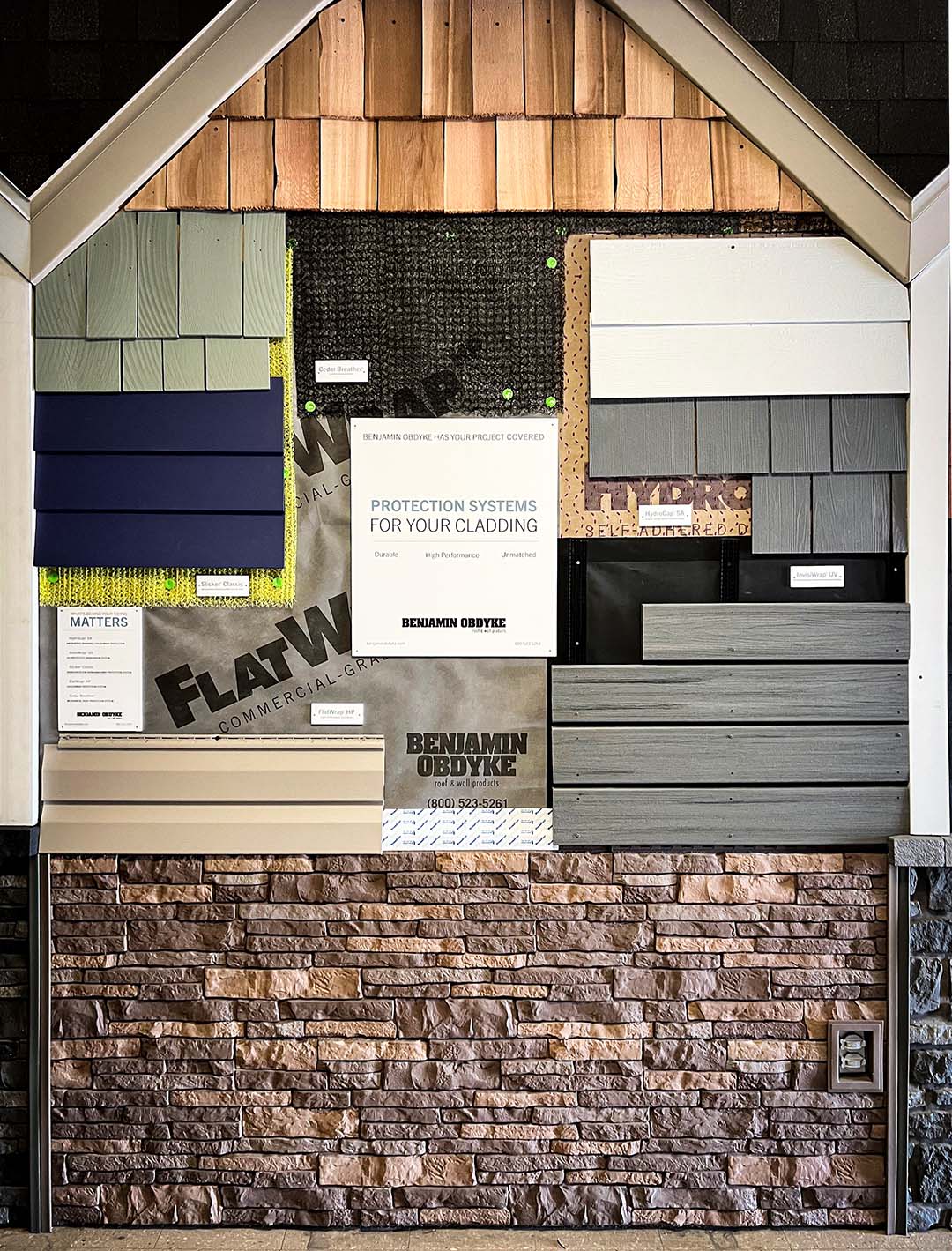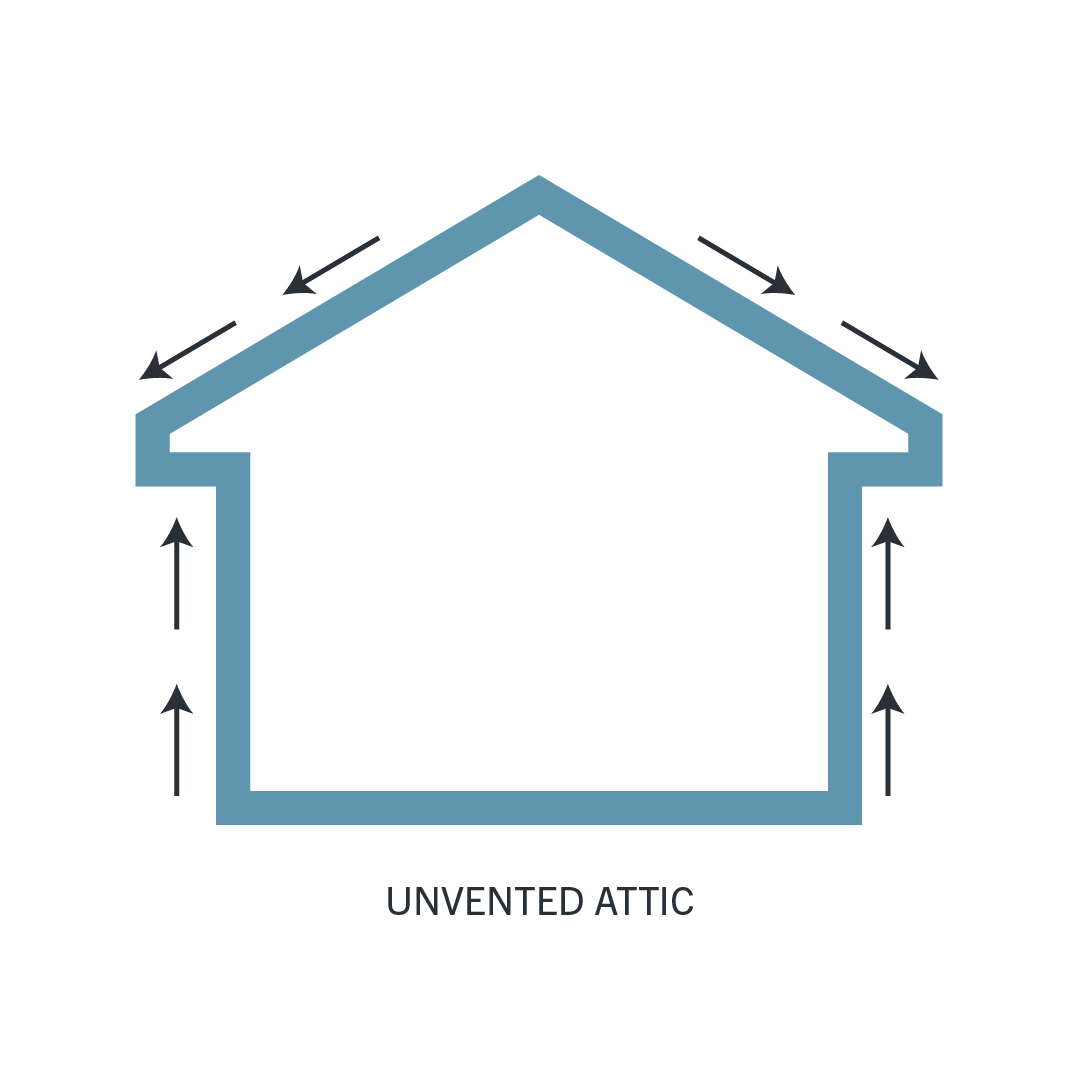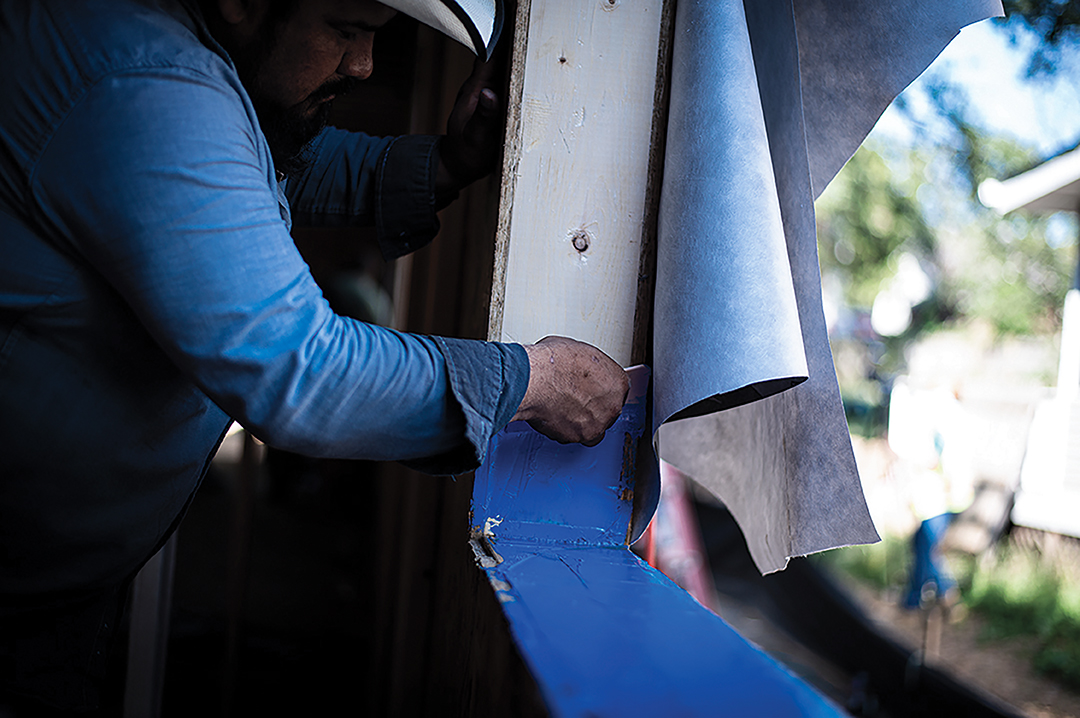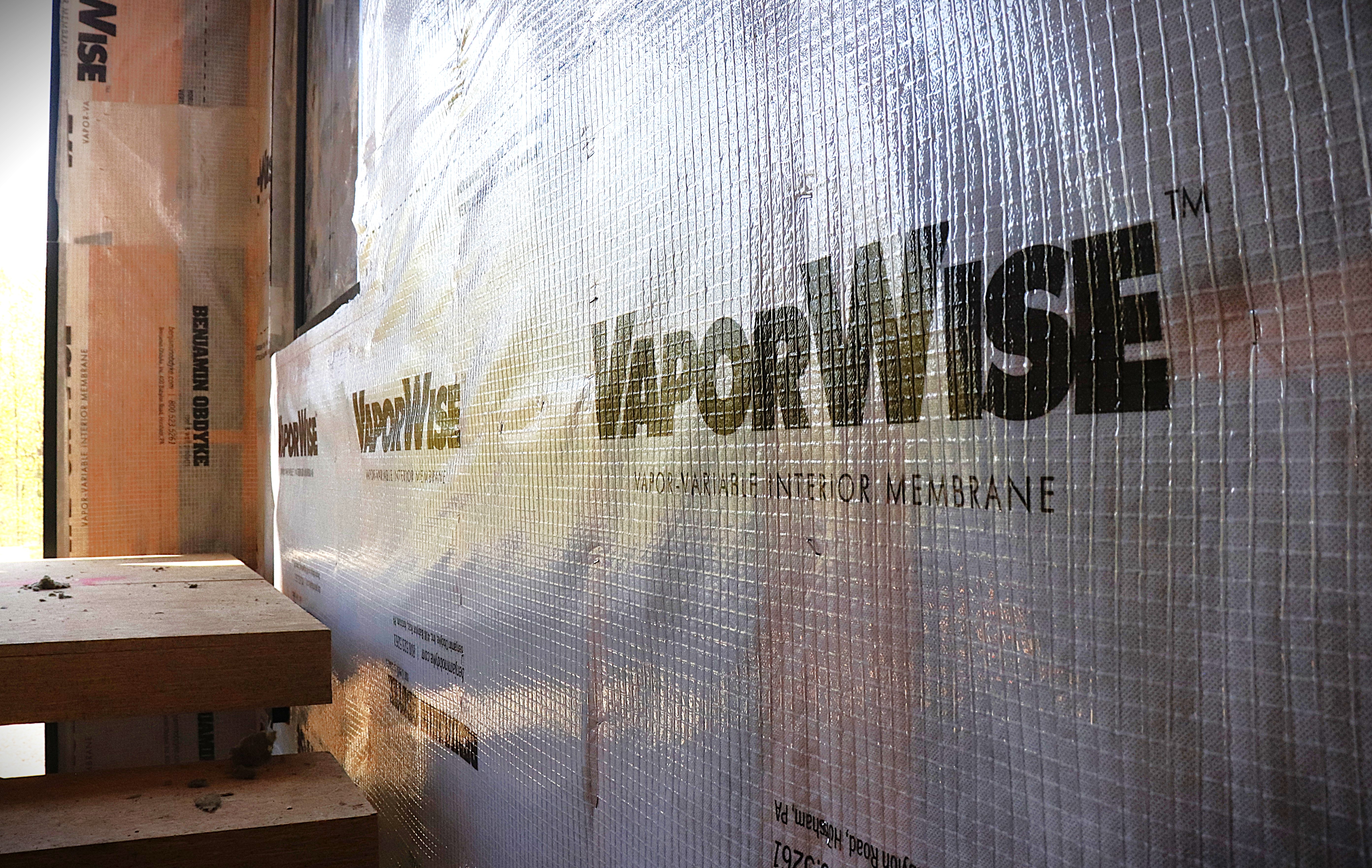The building envelope is one of the most complicated and confusing parts of the home, so it’s naturally an area where many dealer salespeople may feel less comfortable selling. But increasing your comfort levels can help ensure your customers are installing the right products and the right systems—and avoid callbacks that can impact both of your businesses.
Learn as much as possible
Building science is a category all on its own, so much so that the construction industry has companies, schools, and specialists dedicated to it. While you can’t be expected to understand every nuance of the building envelope, having a basic understanding of how the products you sell work together can be a crucial resource for your customers. Your manufacturer representatives are your best first course of action. They can offer product knowledge sessions for your sales team (and your customers) and many offer video tutorials and other options. Be proactive by having your rep conduct an introductory workshop each time you bring on new employees.
Along with in-person and virtual training sessions (sign up here), we have a number of educational resources on our website to help. To get started, check out our video library, building science white papers and articles, and Instagram videos. In addition, our online System Selector tool can help you and your customers choose the right products.
Look at the wall as a system and sell products accordingly
Most weather-resistant barriers, rainscreens, and flashings are designed to work as a system, with each component working together to give moisture a path down and away from the wall. For example, a housewrap can’t do its job well if the windows aren’t flashed. In addition, one brand’s products may not be compatible with another’s. If your customer is buying housewrap, make sure they are also buying flashing, and the right flashing for that housewrap and wall system application.
Benjamin Obdyke makes this process easier by recommending a series of wall systems designed for a range of applications and carrying a system-based warranty. The Air Barrier Drainable Housewrap System, for example, is designed to provide the utmost in air seal capability and true drainage performance by combining HydroGap SA drainable housewrap, HydroCorner sill treatment, and HydroFlash GP flashing tape, HydroFlash liquid-applied flashing, or HydroFlash UV+ flashing.
Understand what products work best with the claddings you sell
Each siding is different in both its physical structure and its material makeup, and that will influence what’s needed behind the walls. For example, vinyl siding projects off the wall and doesn’t absorb moisture, so it doesn’t need a rainscreen behind it; a WRB like BenWrap will be sufficient. An engineered wood siding, however, will need a drainage plane provided by a rainscreen like Slicker Max or a drainable housewrap like HydroGap or HydroGap SA to ensure water can drain away and not be absorbed by the siding. This is essential to protecting the siding and its finish while reducing maintenance needs. In fact, some cladding materials require specific housewrap products to preserve their warranty.
Create helpful displays
Seeing (and feeling) is still believing – and having samples and display boards on hand can help builders visualize how the wall systems you sell work together and how products like a drainable housewrap truly work on the wall. Displays are also critical for educating on new building systems, such as open-joint cladding; this new trend requires a UV-resistant housewrap solution that is best explained with visuals.
We love this display by SRS in Reading, Pa., showing the different recommended wall systems for the different claddings they sell, including an open-joint cladding system with composite decking used as siding.

Ready to learn more? Contact us to set up a virtual training session or browse our library of resources.




